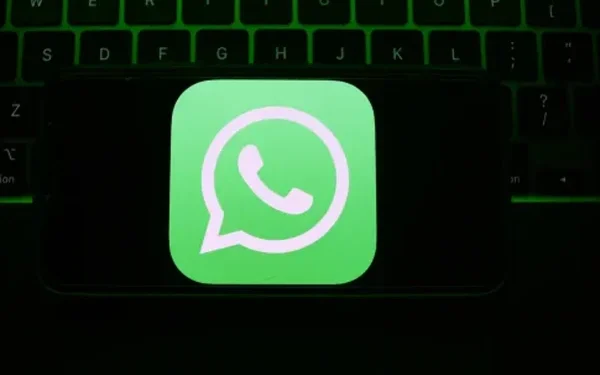WhatsApp, the world’s leading instant messaging platform, has announced a significant change to its broadcast messaging feature. In an effort to reduce spam and improve user experience, the company will impose limitations on the number of broadcast messages that both individual and business users can send.
New Restrictions on Broadcast Messages
WhatsApp’s parent company, Meta, has revealed that the platform will soon begin testing restrictions on broadcast messages. While the feature has been widely used by individuals and businesses to send updates and messages to multiple contacts at once, it has also been exploited by spammers. To counteract this issue, WhatsApp plans to introduce a monthly cap on the number of broadcasts a user can send.
Meta stated that the exact number of messages permitted per user may fluctuate during the testing phase. However, as an example, the company noted that users might initially be limited to sending up to 30 broadcast messages per month.
Alternative Ways to Reach Audiences
For users who rely on broadcast messages to communicate with larger groups, WhatsApp has suggested alternative ways to stay connected. Meta recommends utilizing the platform’s Status Updates and Channels features for wider reach.
- Status Updates allow users to post text, images, videos, and GIFs that remain visible for 24 hours.
- Channels, a feature launched in 2023, functions as a one-way communication tool where admins can send messages to a large audience without engaging in direct conversations.
Why WhatsApp is Implementing This Change
WhatsApp has been actively working on reducing spam and misinformation spread through its platform. In recent years, the app has implemented several measures, including:
- Forwarding Limits – Users can only forward messages to five chats at a time to prevent mass distribution of spam.
- Labeling Forwarded Messages – Messages that have been forwarded multiple times are tagged as “Forwarded many times” to indicate possible misinformation.
- AI-Powered Spam Detection – WhatsApp has invested in artificial intelligence tools to detect and restrict suspicious accounts engaging in spam activities.
The new broadcast message restriction aligns with these previous efforts to enhance security and reduce message misuse.
Impact on Businesses and Users
For Individual Users
Casual users who occasionally use the broadcast feature for personal updates may not be significantly affected. However, those who frequently use it for mass messaging will need to adapt to the new limitations.
For Businesses and Marketers
Small businesses and marketers who depend on WhatsApp broadcasts for promotions, announcements, and customer engagement will need to rethink their strategies. Meta encourages businesses to transition to WhatsApp Business API, which offers more robust messaging options, including:
- Automated responses
- Verified business accounts
- Bulk messaging under controlled guidelines
User Reactions and Future Implications
While some users may welcome the update as a step towards reducing spam, others who rely heavily on the broadcast feature may find it restrictive. The success of this change will depend on how effectively Meta balances spam reduction with user convenience.
WhatsApp has not provided a specific launch date for this update but has confirmed that testing will begin in the coming weeks. The final implementation will depend on the results of this trial period and user feedback.
Final Thoughts
The limitation on broadcast messages marks a strategic shift for WhatsApp in tackling spam and improving the messaging experience. As the platform continues to evolve, users and businesses will need to explore new ways of communication through alternative features like Status Updates and Channels.
For those affected by the upcoming restrictions, adapting early to WhatsApp’s new policies will ensure seamless communication and compliance with the platform’s evolving guidelines.

























